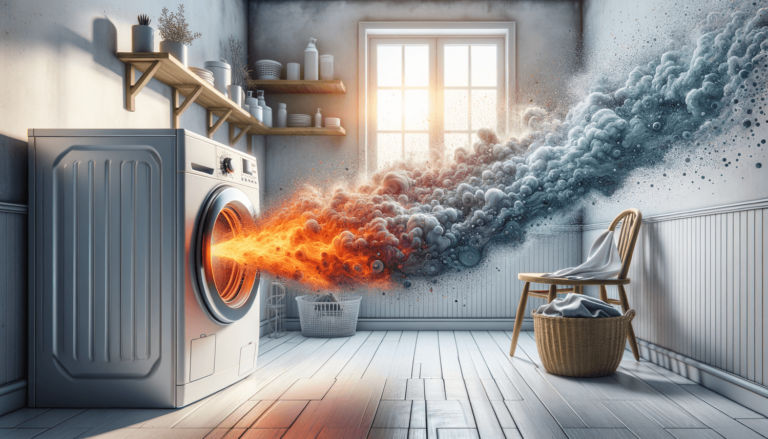

A vented dryer is a type of tumble dryer that expels hot, moist air through a venting hose, typically to the outdoors, for efficient moisture removal during the drying process.
Vented dryers offer a variety of dryer settings, such as timed dry, auto dry, and air fluff, to cater to different fabrics and load sizes. Proper use of these settings can help increase the lifespan of your clothes.
Ensure that your venting hose is clean and free of obstruction to maintain optimal drying performance and prevent potential fire hazards. It’s important to adhere to local building codes and manufacturer guidelines when installing a vented dryer.
For more in-depth information on vented dryers, dryer settings, and other home appliance technology settings, visit Settings King: a blog about technology settings, designed to help you get the most out of your devices.
A vented dryer is a type of tumble dryer that expels hot, moist air through a venting hose, typically to the outdoors, for efficient moisture removal during the drying process.
Vented dryers offer a variety of dryer settings, such as timed dry, auto dry, and air fluff, to cater to different fabrics and load sizes. Proper use of these settings can help increase the lifespan of your clothes.
Ensure that your venting hose is clean and free of obstruction to maintain optimal drying performance and prevent potential fire hazards. It’s important to adhere to local building codes and manufacturer guidelines when installing a vented dryer.
While vented dryers are effective at moisture removal and tend to be less expensive initially, they require proper vent installation and maintenance. In comparison, condenser and heat pump dryers offer more flexibility in placement, with the latter being more energy-efficient in the long run.
For optimal performance with your vented dryer, clean the lint filter regularly, use the right dryer settings for each load, and ensure proper airflow through the venting hose. Implementing these practices will save energy and prolong the lifespan of your dryer and clothes.
For more in-depth information on vented dryers, dryer settings, and other home appliance technology settings, visit Settings King: a blog about technology settings, designed to help you get the most out of your devices.
Here are some common questions and answers related to vented dryers that can help you further understand their functionality and usage.
Vented dryers tend to be less energy-efficient compared to condenser and heat pump dryers, with the latter being the most energy-efficient option available.
Vented dryers expel moist air through a venting hose to the outdoors, whereas condenser dryers recirculate air within the unit, converting moisture into water and collecting it in a container for easy disposal.
Venting your dryer indoors is not recommended, as it could lead to potential safety hazards and increased indoor humidity levels. It’s best to use a condenser or heat pump dryer for indoor setups without proper ventilation.
It’s recommended to clean the lint filter after every drying cycle and inspect the vent hose for any obstructions or buildup at least once a year, or more frequently if you notice reduced drying efficiency.
It’s essential to follow manufacturer guidelines and local building codes for proper vented dryer installation. Generally, vented dryers require adequate airflow around the unit and a properly installed vent for safe operation.